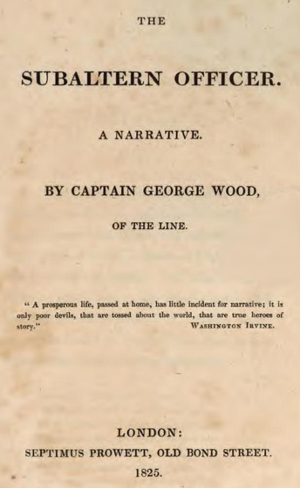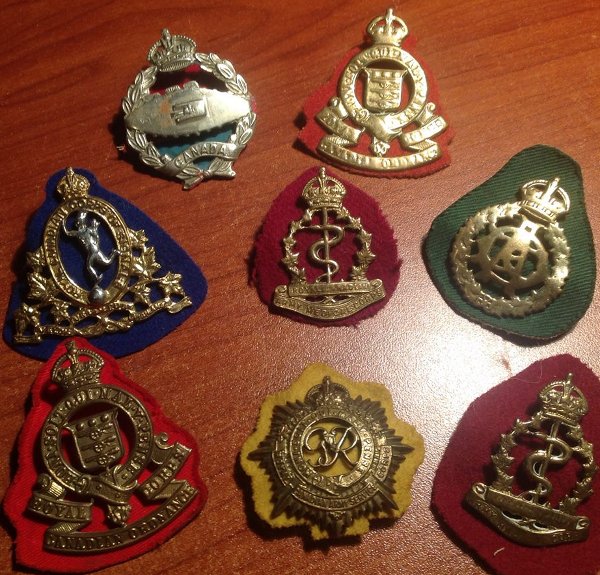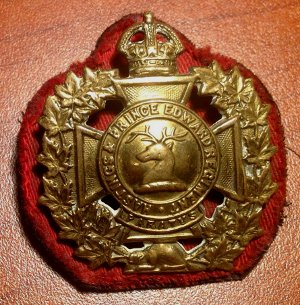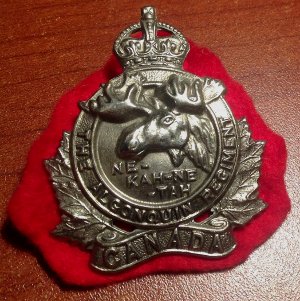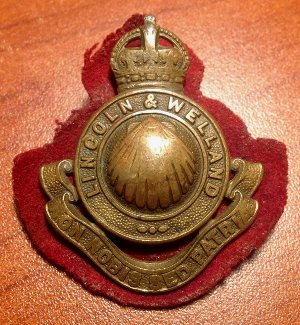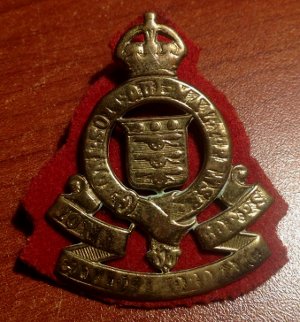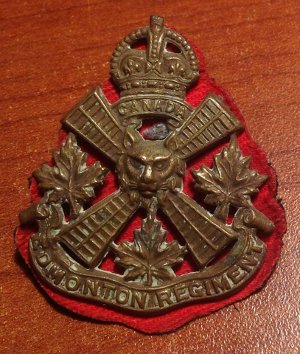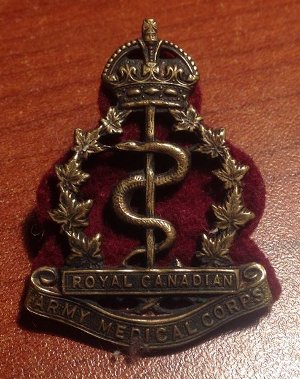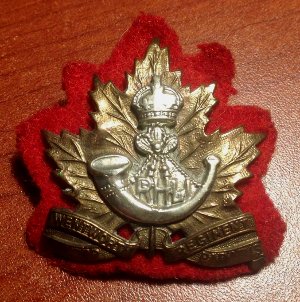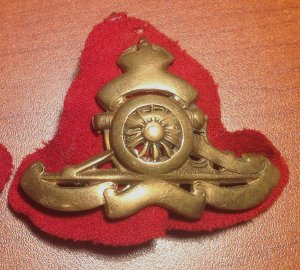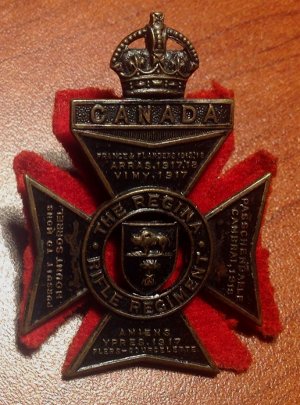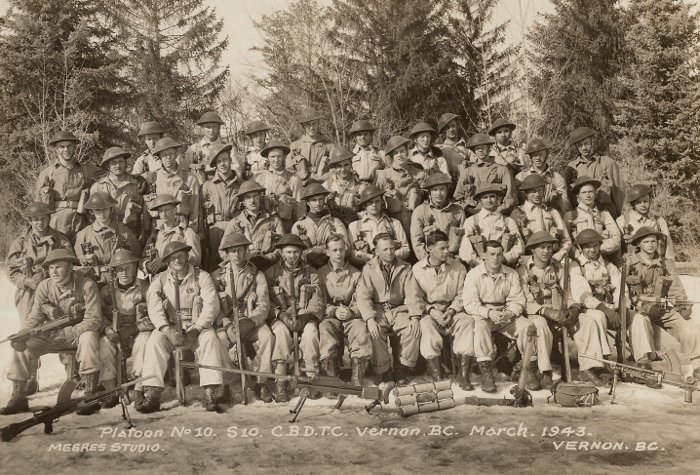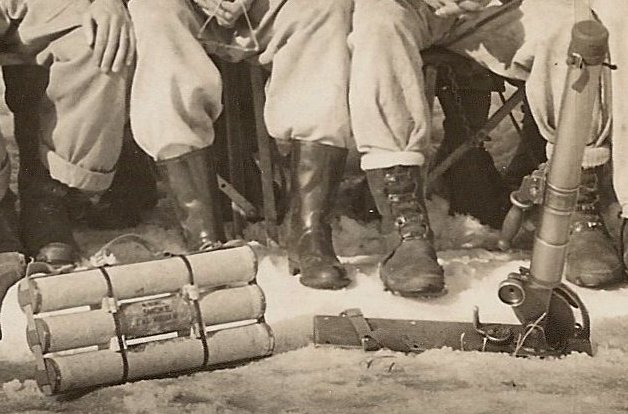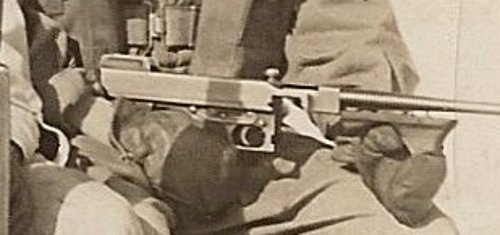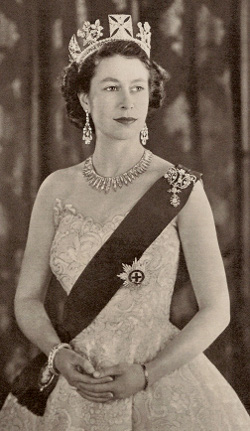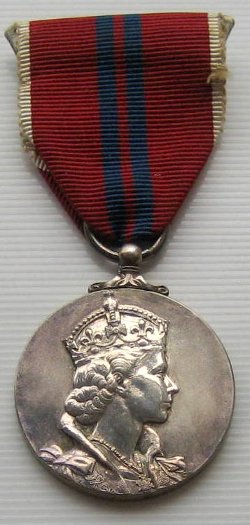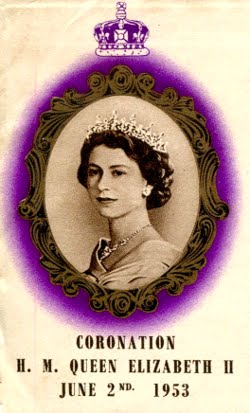Topic: Canadian Army

The 1 RCR Company Commanders in Korea, 1952: A Coy - Maj George G. Taylor, B Coy - Maj J.E.L. Cohen,
C Coy - Capt Robert H. "Bob" Mahar, D Coy - Maj R.S. "Bob" Richards & E Coy - Capt H.G. "Herb" Cloutier
Full image can be seen on the website of The Royal Canadian Regiment
Canadian Army
Standing Guard on Three Continents
Ottawa Citizen, 27 December, 1952
By: The Canadian Press
The Canadian Army in 1952 stood guard on three continents, fought sporadically on one of them and prepared to build the largest camp it has ever had in Canada. The latter, in New Brunswick, eventually ma be big enough to handle the maneuvers of a full division.
Looking back on the 12 months, army headquarters yesterday listed as highlights 10 events ranging from fighting on Little Gibraltar Hill in Korea to adoption of the 52-ton British Centurion tanks.
Manpower Totals
Heavy discharges of veterans of Korea kept manpower totals from increasing markedly. In January the army had roughly 45,000 men, in December about 48,000.
Throughout the year, the army maintained a brigade in Korea, another in Germany and a third at home, plus a couple of reinforcement formations roughly equal to two additional brigades.
In listing the year's 10 big events the army didn't mention the biggest explosion of all at home, the Currie report. This document, with its description of a "general breakdown" in the system of administration, supervision and accounting of the Army Works Service provoked Parliament's stormiest debates of the year, now awaiting renewal when Parliament reconvenes Jan. 12.
Events Listed
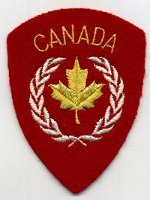 These were the events the army listed:
These were the events the army listed:
1. Sporadic action by the 25th Infantry Brigade group in Korea while peace talks dragged on. The climax came in October when one of the fiercest engagements of the Korean conflict was fought atop the battle scarred peak of "Little Gibraltar" by troops of the 1st Battalion, The Royal Canadian Regiment. One company of the unit, aided by armored and artillery support, fought the Communists to a standstill in a see-saw battle to take the hill.
2. The 27th Infantry Brigade group, under rigid training and discipline in Europe,became fully trained as part of NATO defence forces under General Mathew Ridgeway.
3. At home and abroad, the largest troops movement since the Second World War was underway. Some 38,000 soldiers were on the move in 1952 by land, sea and air.
New Military College
4. Educational facilities for the services' future officers were expanding with opening of Le College Militaire Royal de Saint-Jean, St Johns, Que., by Governor-General Vincent Massey. Introduction of a regular officer training plan also opened up increased avenues of educational advancement for potential officers.
5. To meet the increasing need for tradesmen and specialists, an apprentice-soldiers plan was announced under which boys 16 years of ae will be recruited for training in special trades.
6. Looking northward, the army staged "Eager Beaver" 1,000 miles north of Edmonton on the shores of Kluane Lake, the largest since the war. Army engineers bulldozed two giant airstrips over ice and frozen muskeg in sub-zero temperatures. In the eastern Arctic, operations "Sun God III" brought a joint army-air force maneuver into Ungava Bay in Northern Labrador. Later in the year, a joint U.S.-Canadian artillery exercise stretched northward into Quebec.
International Parley
7. In an effort to advance standardization of weapons among NATO countries, the army brought together top infantry leaders of the U.S., Britain and Canada in the first three-country infantry conference. Held at Quebec City, the conference was opened by Lt.-Gen. Simonds, chief of the general staff who called on delegates to "think always of the infantry soldier and make more efficient his weapons and lighten his load." the army also adopted the Centurion tank. This was the army's major change in equipment for a year.
8. Canadian arms shipments to other NATO countries continued "in record quantities." Over a two-year period enough aid has been extended to equip three infantry divisions.
9. Plans to construct the army's largest training camp in peacetime history were announced.
10. On the female side, the army continued to build up the new reserve force CWAC organization. Members of the CWAC received their new uniforms in 1952 and are training in clerical and other skilled trades at manning depots across Canada.
Honors in Korea
During the year, 132 soldiers distinguished themselves in action in Korea and received awards that included four Distinguished Service Orders, 19 Orders of the British Empire [OBE, MBE], two Distinguished Conduct Medals, three Military Crosses, seven Military Medals four British Empire Medals and 93 Mentions in Despatches.
At the same time, 613 soldiers became battle casualties in Korea. During 1952, 100 were killed in action and 473 wounded or missing in action. Another 31 were injured as a result of action.


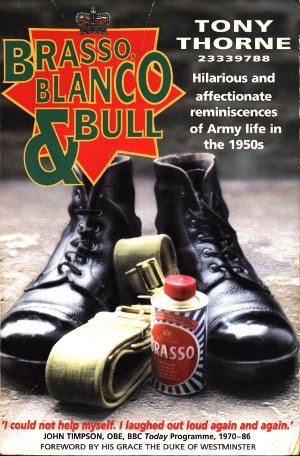
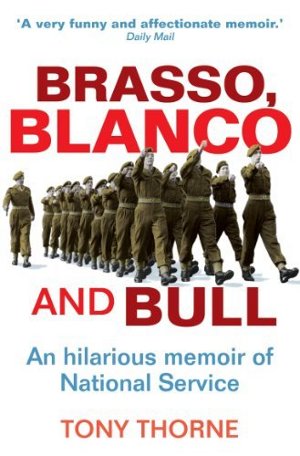

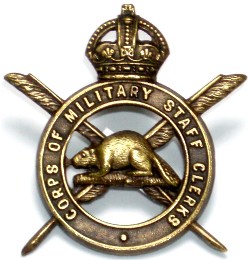 Corps of Military Staff Clerks
Corps of Military Staff Clerks

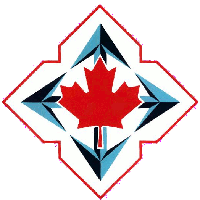 Mobile Force Badge (1966)
Mobile Force Badge (1966)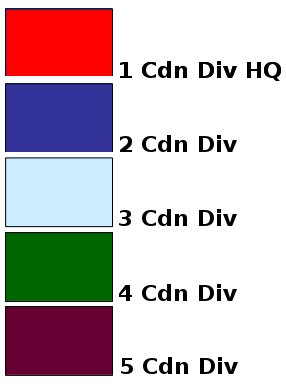 On 9 Jul, 2013, the Canadian Minister of National Defence announced that the Canadian Army would return to an organization based on "Divisions," to be accomplished by renaming the existing Area commands as follows:
On 9 Jul, 2013, the Canadian Minister of National Defence announced that the Canadian Army would return to an organization based on "Divisions," to be accomplished by renaming the existing Area commands as follows: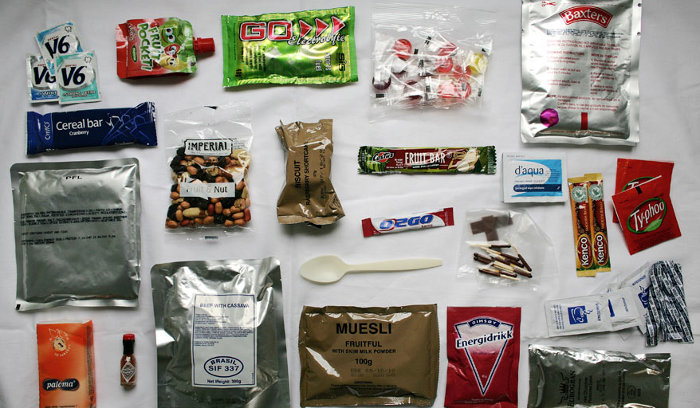
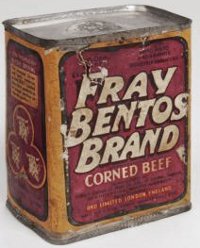

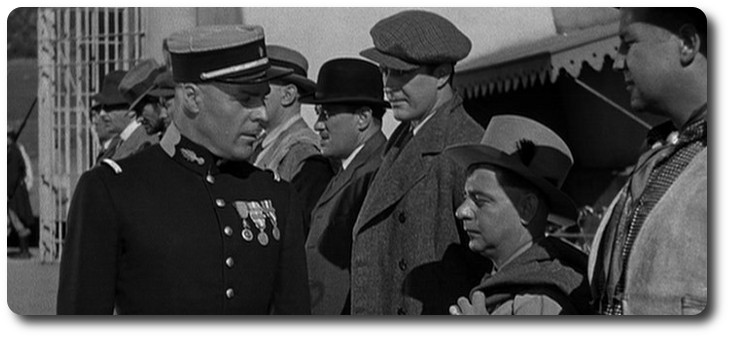
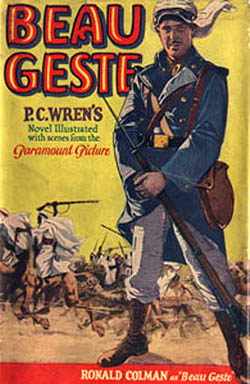 Beau Geste, Percival Christopher Wren, 1927
Beau Geste, Percival Christopher Wren, 1927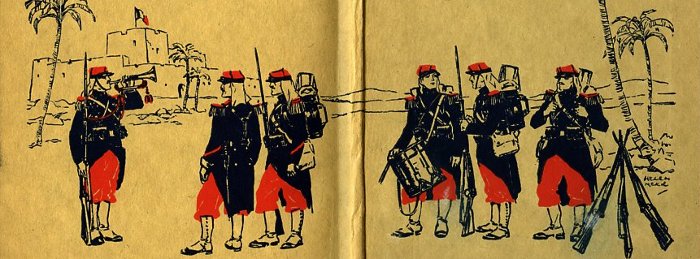
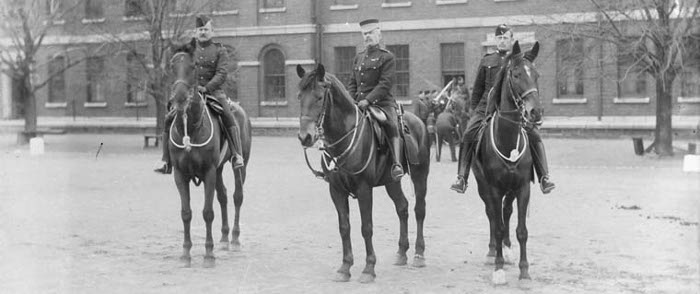

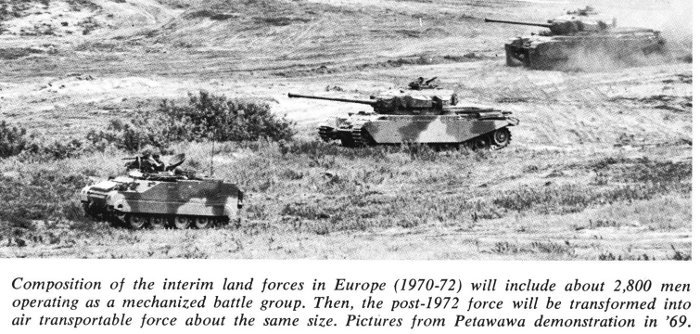
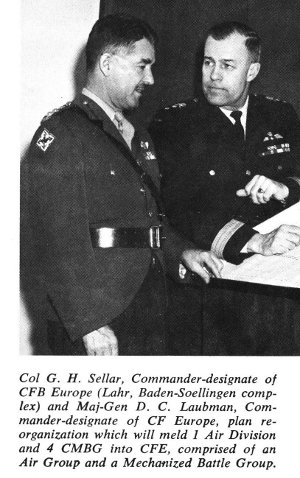 No wonder that personnel of the armed forces in Europe are confused about pending and future changes. Even
No wonder that personnel of the armed forces in Europe are confused about pending and future changes. Even 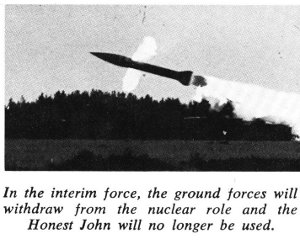 Plan Opposed
Plan Opposed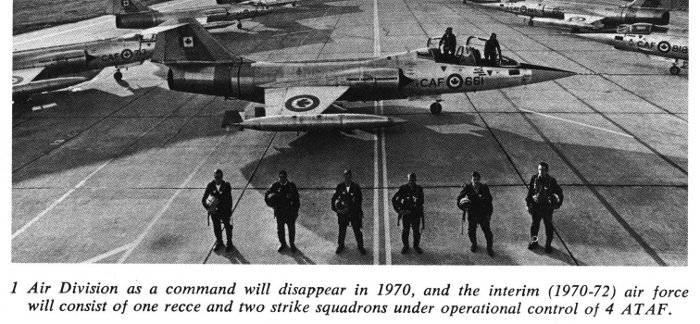

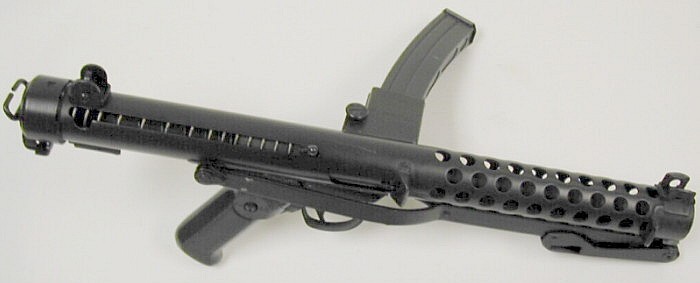

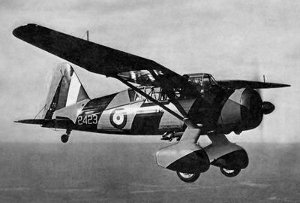



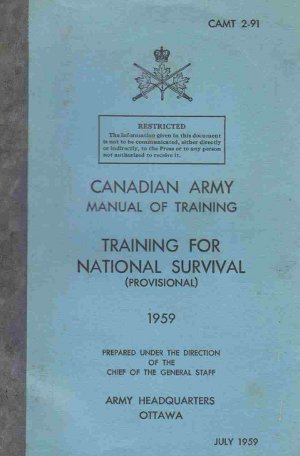 Gravely concerned over the belligerence of
Gravely concerned over the belligerence of 